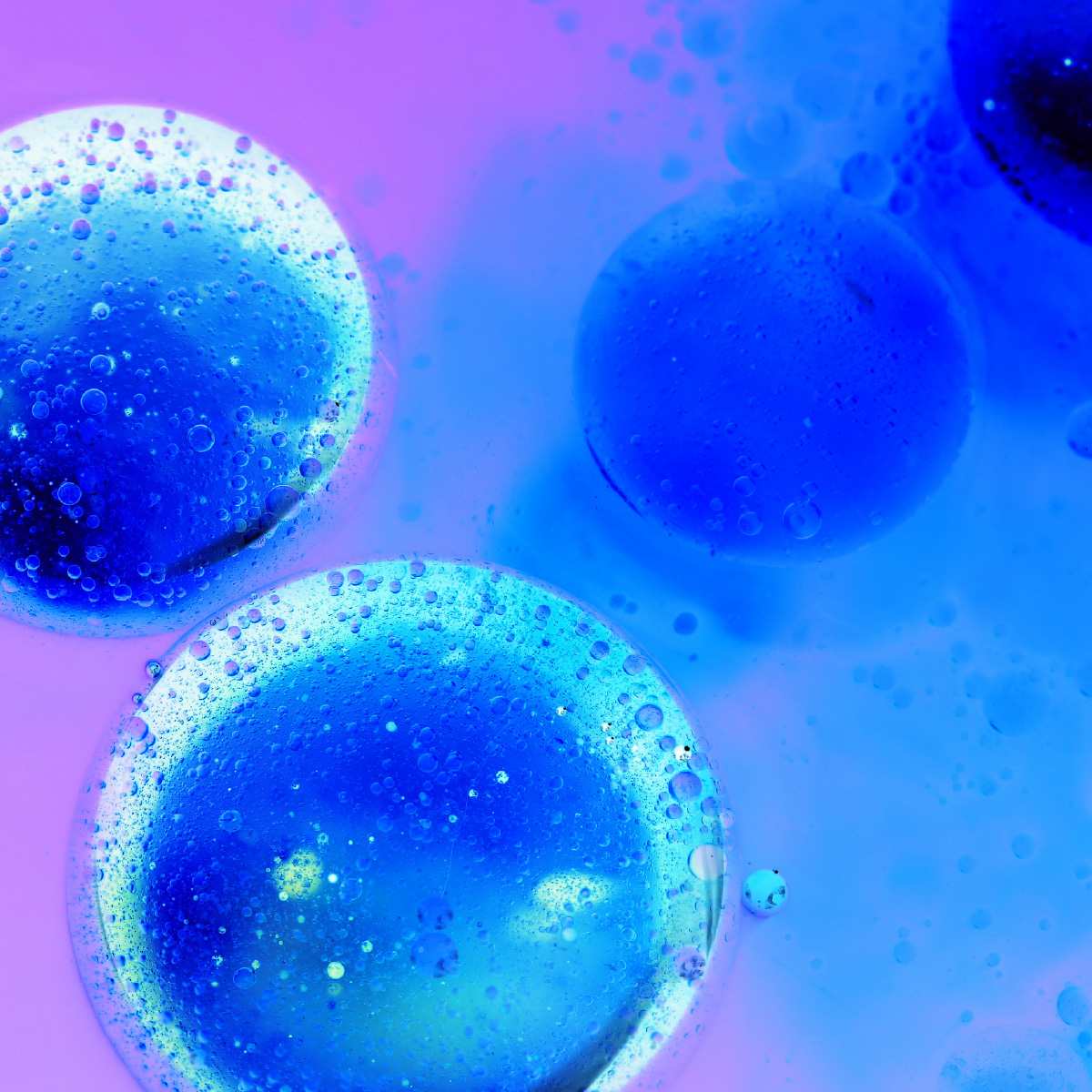Insight of Stem Cell Banking Past, Present and Future

Stem cell banking is an important aspect of regenerative medicines in the ever changing field of medical science. With the new advancements, it is opening new opportunities to treat and prevent many of the health concerns. To understand the evolution of stem cell banking, let us go through some advancements in the treatment options and the patient care.
About Stem Cell Banking
Stem cell banking is a process of harvesting and preserving new born baby's umbilical cord stem cells using cryogenic equipment. These cells have the potential to treat life-threatening disorders, including bone marrow diseases that require transplantation and cancers such as lymphoma or leukemia, sickle cell disease, and immune system problems.
Cord blood banking ensures that your baby's future health remains safe from these diseases. Stem cell preservation can be a significant resource for safeguarding your entire family from over 80 medical problems in the future.
Early Days and Establishment of Stem Cell Bank
The first public and private stem cell banks formed in the late 1990s and early 2000s. Cryo-Cell International was created in 1989 in Oldsmar, Florida, United States. However, the corporation didn't begin keeping cord blood until 1992. The New York Blood Centre created the first public stem cell bank for umbilical cord blood storage in 1992, with financing from the National Institutes of Health (NIH). In the same year (1992), the University of Arizona in Tucson preserved the world's first cord blood sample for private (family) usage.
ViaCord, a private cord blood bank, was launched in 1993. In the same year (1993), the first cord blood transplant between unrelated donors and recipients was performed at Duke University in Durham, North Carolina (USA).
Current Trends of Stem Cell Banking
Stem cell banking is becoming increasingly popular and important. Despite the scientists are learning a lot about stem cells, but it remains a complicated topic. Many countries have invested considerably in stem cell research and applications because this sector has the potential to transform the treatment of human ailments. With the advancements of biopreservation technologies, stem cell preservation is gaining interest in the developing countries which was earlier in the developed countries.
New Trends in the Stem Cell Biology and Technology explores new aspects of stem cell science, including genetic reprogramming of somatic and nuclear cells, tissue engineering, stem cell mechanics, and stem cell-based technologies for treating many human diseases. Numerous success stories from stem cell therapy have persuaded many parents to save their children's stem cells.
Future Outlook
The future of stem cell banking appears bright, with ongoing research aimed at increasing the therapeutic potential of stored stem cells. A method for producing enormous quantities of red blood cells has been devised. In this procedure, precursor red blood cells, known as haematopoietic stem cells, are cultivated with stromal cells to create an environment similar to the circumstances found in bone marrow, the natural location of red blood cell formation.
A growth agent called erythropoietin is given to stem cells to encourage them to finish final differentiation into red blood cells. Further research into this technology has the potential to improve gene therapy and blood transfusion.
Researchers hope that the stem cells can be used to treat a variety of illnesses, including Alzheimer's disease, diabetes, heart failure, spinal cord injuries, and others. It is possible that keeping your child's cord blood cells today will be valuable in the future in battling these conditions. It is also unclear if stem cells from cord blood, as opposed to stem cells from other sources, will be beneficial in these possible treatments.
Final Words
Stem cell banking is a fast-growing field with global expansion and a strong focus on ethical standards. As it progresses, it has the potential to revolutionize medical treatments, bringing new hope for treating incurable diseases and offering personalized therapy options. If you are looking for the stem cell preservation of your baby, you can visit the Cryoviva website to get more information.













 Enquiry
Enquiry
 Email
Email Phone
Phone
 Whatsapp
Whatsapp